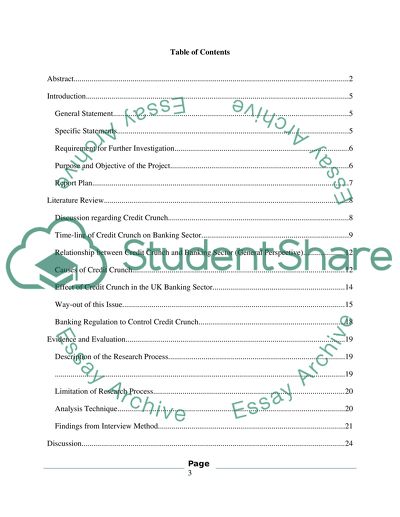Cite this document
(“Effect of Credit Crunch on Banking Sector in the UK Dissertation”, n.d.)
Retrieved from https://studentshare.org/macro-microeconomics/1411495-effect-of-credit-crunch-on-banking-sector-in-the-uk
Retrieved from https://studentshare.org/macro-microeconomics/1411495-effect-of-credit-crunch-on-banking-sector-in-the-uk
(Effect of Credit Crunch on Banking Sector in the UK Dissertation)
https://studentshare.org/macro-microeconomics/1411495-effect-of-credit-crunch-on-banking-sector-in-the-uk.
https://studentshare.org/macro-microeconomics/1411495-effect-of-credit-crunch-on-banking-sector-in-the-uk.
“Effect of Credit Crunch on Banking Sector in the UK Dissertation”, n.d. https://studentshare.org/macro-microeconomics/1411495-effect-of-credit-crunch-on-banking-sector-in-the-uk.


